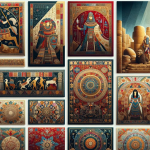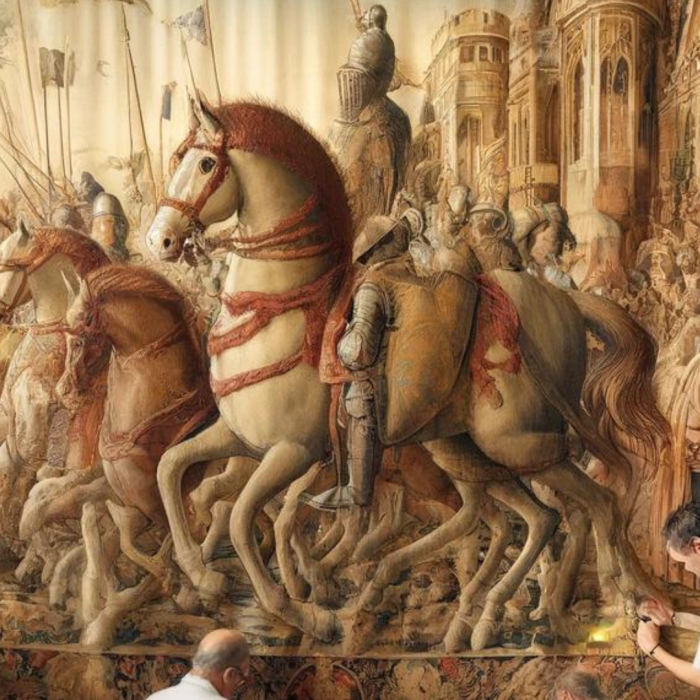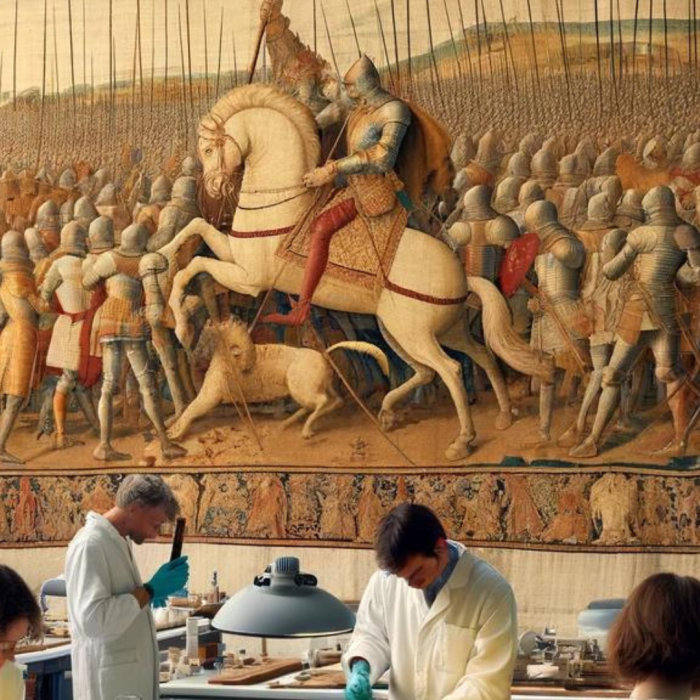History of Tapestries

Explanation of what tapestries are
A tapestry is a form of textile art, traditionally woven by hand on a vertical loom. Unlike other types of textiles like rugs or carpets, which are typically woven to be walked upon, tapestries are intended to be hung on walls as decorative pieces.
Characteristics: Discuss the key characteristics of tapestries. These might include their use of rich colors and intricate designs, as well as their often large-scale and detailed compositions. Mention how tapestries can vary in size, from small decorative pieces to large-scale wall hangings.
Materials: Explain the materials used in tapestry-making. Traditionally, tapestries are woven using natural fibers such as wool, silk, and linen. These materials allow for the creation of durable and vibrant textiles that can withstand the test of time.
Techniques: Describe the weaving techniques used to create tapestries. Unlike other forms of weaving where the design is created by interlacing threads of different colors, tapestry weaving involves the deliberate placement of colored threads to form the desired image or pattern. This technique, known as “weft-faced weaving,” allows for greater detail and intricacy in the final piece.
Purpose and Use: Explore the historical and cultural significance of tapestries. Throughout history, tapestries have served various purposes, from adorning the walls of palaces and churches to conveying narratives or commemorating important events. They have been used as status symbols, diplomatic gifts, and expressions of artistic and cultural identity.
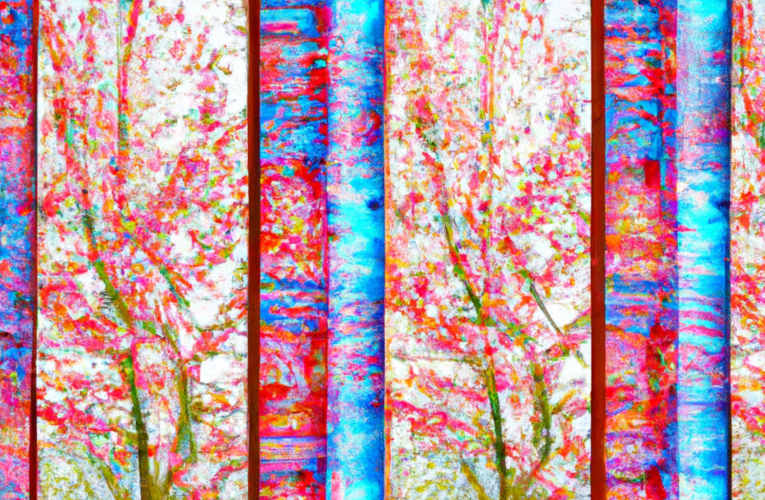
Brief overview of historical significance
Tapestries have held significant cultural and historical importance for centuries, serving as more than just decorative wall hangings. They have played several key roles:
Artistic Expression: Tapestries served as a means of artistic expression, allowing skilled artisans to create intricate designs and detailed scenes using weaving and embroidery techniques. They were often commissioned by royalty, nobility, and wealthy patrons as symbols of wealth, power, and prestige.
Narratives and Storytelling: Tapestries were used to depict narratives, historical events, religious stories, and mythological themes. They served as visual narratives, conveying stories and messages to audiences who might not have been able to read or write.
Status and Social Significance: Owning tapestries was a sign of status and social standing. They adorned the walls of palaces, castles, and mansions, showcasing the wealth and sophistication of their owners. Tapestries were often displayed during important events and ceremonies, serving as impressive backdrops.
Functional Purpose: Beyond their aesthetic appeal, tapestries also served practical purposes. They were used to insulate and decorate cold stone walls in medieval buildings, helping to retain warmth and improve acoustics. Tapestries were also hung in large halls and chambers to divide spaces and create a sense of privacy.
Cultural Exchange and Diplomacy: Tapestries were valuable commodities traded between kingdoms and empires, serving as diplomatic gifts and symbols of goodwill. They were often exchanged as diplomatic gifts between rulers, fostering alliances and diplomatic relations.
Preservation of History and Culture: Many tapestries have survived the centuries, providing valuable insights into historical events, cultural practices, and artistic techniques of the past. They offer a window into the lives and beliefs of people from different time periods and regions.
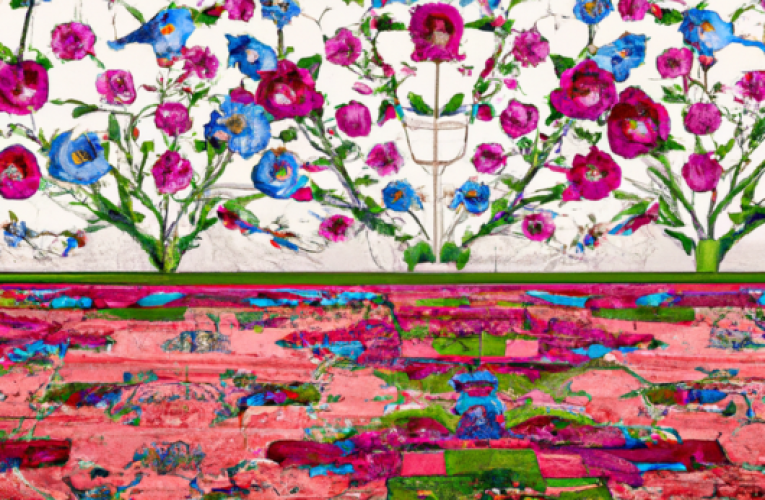
Discuss the Origins of Tapestries in Ancient Civilizations
Begin by defining what tapestries are – large textile artworks typically woven by hand or embroidered, often depicting scenes or narratives. Contextualize the discussion by emphasizing the significance of textile art in ancient societies for both practical and artistic purposes.
Ancient Civilizations: Explore the tapestry-like textiles produced by early civilizations such as ancient Egypt, Mesopotamia, Greece, and China. Discuss examples of woven or embroidered textiles found in archaeological sites, tombs, or ancient texts.
Materials and Techniques: Describe the materials and techniques used in early tapestry-like textiles, such as linen, wool, silk, or plant fibers, and the methods of weaving, embroidery, or other textile arts employed. Highlight any unique characteristics or innovations in early tapestry-making.
Function and Significance: Discuss the possible functions and significance of these early tapestry-like textiles in ancient civilizations. This could include their use as clothing, decorative hangings, ceremonial or religious objects, or items of prestige and wealth.
Cultural Influences and Exchange: Consider the cultural influences and exchanges that may have contributed to the development of tapestry-like textiles in different ancient civilizations. Explore potential connections between different regions or cultures through trade, migration, or artistic exchange.
Legacy and Continuity: Reflect on the legacy of ancient tapestry-like textiles and their influence on later textile traditions, including medieval European tapestries. Highlight any continuity or evolution in techniques, motifs, or themes from ancient to medieval tapestries.
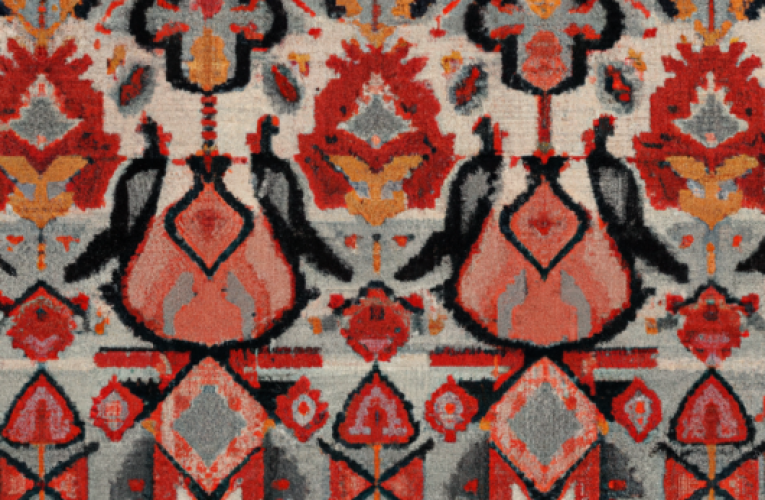
Highlight early examples of tapestries from cultures such as Egypt and Greece
Ancient Egyptian Tapestry: Ancient Egypt is known for its rich textile traditions, including the creation of tapestries. Tapestries in ancient Egypt were typically woven using linen and depicted scenes from daily life, religious rituals, and mythology.
Examples of early Egyptian tapestries may include depictions of pharaohs, gods and goddesses, hieroglyphs, and symbolic motifs.
These tapestries were often used for decorative purposes in temples, palaces, and tombs, showcasing the wealth and status of the ruling elite.
Ancient Greek Tapestry:
In ancient Greece, tapestries (known as “hanging textiles” or “arras”) were also woven using techniques such as warp and weft.
Greek tapestries often featured scenes from mythology, epic stories, and historical events. They were used as wall coverings, curtains, and ceremonial decorations.
The Hellenistic period saw an increase in the production and sophistication of Greek tapestries, with intricate designs and vibrant colors.
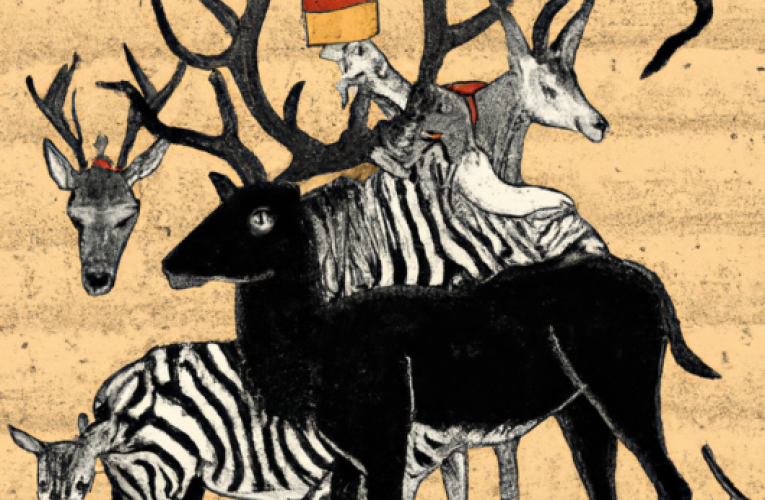
Medieval Tapestry Art
Historical Context: Provide an overview of the medieval period, highlighting key social, political, and cultural developments that set the stage for the rise of tapestries. This could include factors such as the growth of feudalism, the influence of the Catholic Church, the rise of trade and commerce, and the flourishing of arts and crafts.
Demand and Patronage: Discuss the demand for tapestries during the medieval era, both from royalty and the nobility, as well as from wealthy merchants and religious institutions. Explore why tapestries became highly sought-after items and how they were used to decorate castles, palaces, churches, and other important buildings.
Functionality and Symbolism: Examine the functional aspects of tapestries in medieval Europe, such as their role in insulating cold stone walls, dividing large rooms, and providing privacy.
Additionally, explore the symbolism and meaning behind the imagery depicted in medieval tapestries, which often conveyed religious narratives, epic tales, or scenes of courtly life.
Artistic Development: Trace the evolution of tapestry art during the medieval period, highlighting advancements in weaving techniques, design motifs, and the use of colors and materials. Discuss the emergence of prominent tapestry workshops and centers of production across Europe, such as those in France, Flanders, and Italy.
Cultural Exchange and Influence: Explore the influence of other cultures and regions on the development of medieval European tapestries, such as the importation of luxury textiles from the Islamic world and the exchange of artistic ideas through trade routes and diplomatic exchanges.
Legacy and Enduring Appeal: Reflect on the lasting impact of medieval tapestries on art, culture, and society, both within Europe and beyond. Discuss how they continue to be admired and studied as valuable artifacts of medieval craftsmanship and as windows into the cultural and historical milieu of the time.
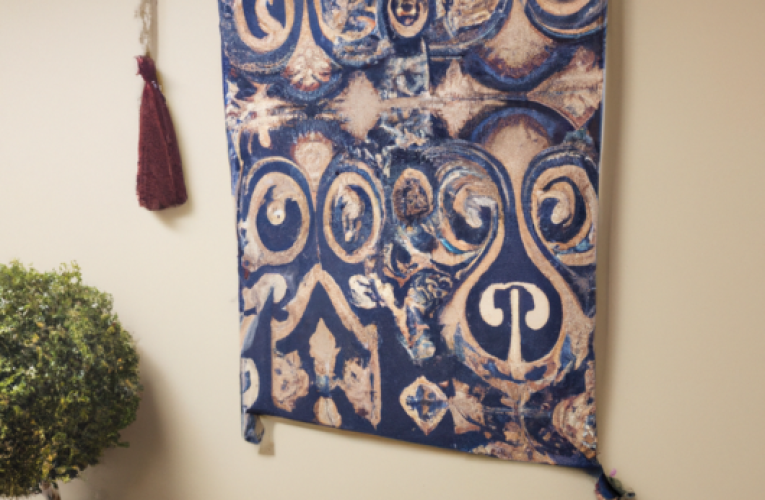
Discuss their role in medieval life, including as decorative art and functional items
During the medieval period, tapestries played a multifaceted role in the lives of people across Europe. Firstly, they served as essential decorative elements within medieval households, castles, churches, and other significant buildings. These tapestries adorned walls, covered furniture, and were displayed prominently in important rooms, showcasing the wealth and status of their owners. The intricate designs and vibrant colors of medieval tapestries added elegance and sophistication to interior spaces, transforming them into visually stunning environments.
Beyond their decorative function, tapestries also served practical purposes as functional items in medieval life. Due to their large size and dense woven fabric, tapestries provided insulation and helped to keep interiors warm, particularly during the cold winter months. In drafty medieval castles and homes, tapestries hung on walls acted as effective barriers against the chill, contributing to a more comfortable living environment for inhabitants.
Moreover, medieval tapestries often depicted scenes from history, mythology, religion, or daily life, serving as visual narratives that entertained, educated, and inspired viewers. These tapestries conveyed stories and moral lessons to illiterate audiences, making them valuable educational tools in a society where literacy was limited. They also served as status symbols, with wealthy patrons commissioning tapestries to commemorate important events, celebrate victories, or display their lineage and social standing.
In summary, medieval tapestry art played a pivotal role in medieval life by serving as both decorative art and functional items. They adorned living spaces with beauty and sophistication while also providing practical benefits such as insulation and storytelling. Through their intricate designs and symbolic imagery, tapestries not only enhanced the visual appeal of medieval interiors but also served as important cultural artifacts that reflected the values, beliefs, and aspirations of medieval society.
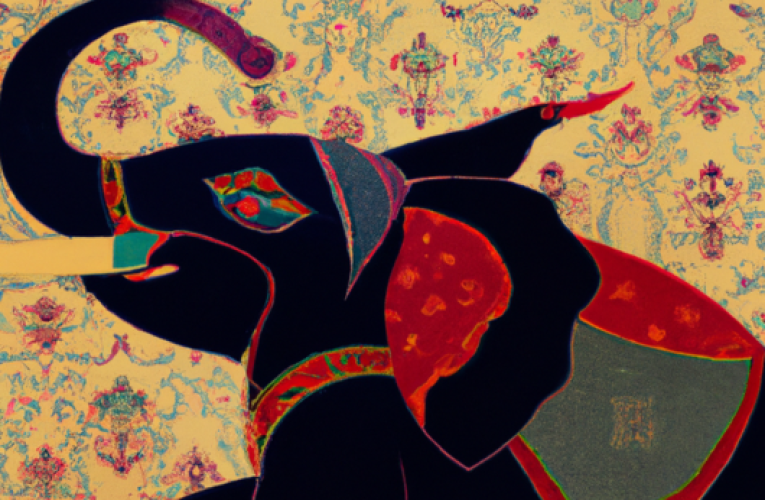
Highlight famous medieval tapestry collections and workshops
The Bayeux Tapestry: A famous embroidered cloth depicting the events leading up to the Norman conquest of England in 1066.
The Cloisters Collection: Housed in the Metropolitan Museum of Art in New York, this collection includes several medieval tapestries renowned for their artistic quality and historical importance.
The Apocalypse Tapestry: Located in Angers, France, this set of tapestries depicts scenes from the Book of Revelation and is one of the largest medieval tapestry sets in the world.
Medieval Tapestry Workshops: This part would focus on the workshops and centers of tapestry production that were prominent during the medieval period. These workshops were often hubs of artistic activity, where skilled weavers and designers collaborated to create intricate tapestries. Examples could include:
The Brussels Workshop: Known for producing some of the finest tapestries in Europe during the 15th and 16th centuries, the Brussels workshop employed highly skilled weavers and artists.
The Paris Workshop: Another important center of tapestry production during the medieval period, the Paris workshop created tapestries for royalty and nobility across Europe.
The Arras Workshop: Renowned for its production of tapestries depicting scenes from the Trojan War and other classical themes, the Arras workshop was influential in shaping the artistic style of medieval tapestries.

Techniques and Materials
Famous Medieval Tapestry Collections: This part of the section would discuss notable collections of medieval tapestries, such as those found in churches, castles, or museums across Europe.
Examples could include:
The Bayeux Tapestry: A famous embroidered cloth depicting the events leading up to the Norman conquest of England in 1066.
The Cloisters Collection: Housed in the Metropolitan Museum of Art in New York, this collection includes several medieval tapestries renowned for their artistic quality and historical importance.
The Apocalypse Tapestry: Located in Angers, France, this set of tapestries depicts scenes from the Book of Revelation and is one of the largest medieval tapestry sets in the world.
Medieval Tapestry Workshops: This part would focus on the workshops and centers of tapestry production that were prominent during the medieval period. These workshops were often hubs of artistic activity, where skilled weavers and designers collaborated to create intricate tapestries. Examples could include:
The Brussels Workshop: Known for producing some of the finest tapestries in Europe during the 15th and 16th centuries, the Brussels workshop employed highly skilled weavers and artists.
The Paris Workshop: Another important center of tapestry production during the medieval period, the Paris workshop created tapestries for royalty and nobility across Europe.
The Arras Workshop: Renowned for its production of tapestries depicting scenes from the Trojan War and other classical themes, the Arras workshop was influential in shaping the artistic style of medieval tapestries.
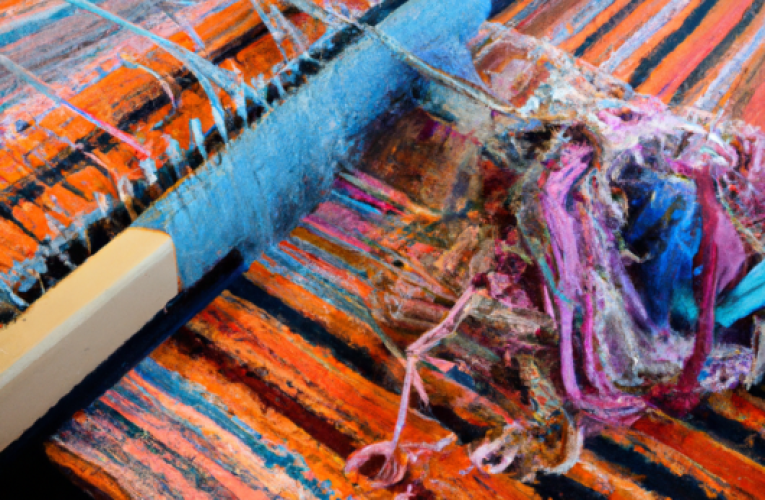
Discuss the materials traditionally used, such as wool, silk, and linen
Wool: Wool is one of the most common materials used in traditional tapestry-making. It is valued for its durability, versatility, and ability to hold color well.
Additionally, it could explore the different types of wool used in tapestries, such as fine wool for intricate details and thicker wool for larger areas of color.
Silk: Silk is another material commonly used in tapestry-making, particularly in more luxurious or decorative pieces.
It might also explore how silk was historically obtained from silkworms and processed into thread for weaving.
Linen: Linen, derived from the flax plant, is another traditional material used in tapestry-making.
It could also discuss the process of cultivating flax, extracting fibers, and spinning them into linen thread for use in weaving tapestries.
Other Materials: In addition to wool, silk, and linen, the blog post could briefly mention other materials that have been used in tapestry-making throughout history, such as cotton, gold or silver thread, and even natural dyes extracted from plants or insects.
It could also touch upon any regional variations in materials used, depending on factors like availability and cultural preferences.
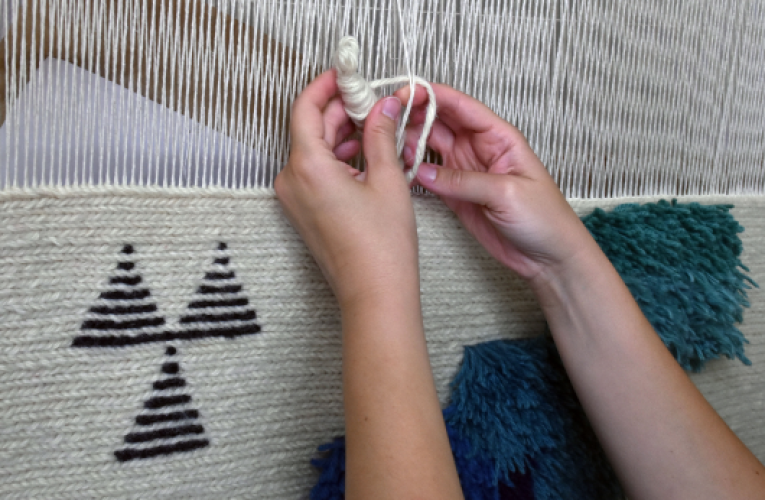
Mention any innovations or developments in tapestry-making throughout history
Over time, there have been innovations in weaving techniques that have improved the efficiency and quality of tapestry production. For example, the development of new looms or improvements in existing loom designs could be discussed.
Introduction of New Materials: Throughout history, tapestry makers have experimented with different materials beyond traditional fibers like wool, silk, and linen.
Innovations might include the use of synthetic fibers, metallic threads, or other unconventional materials to create unique textures and effects.
Evolution of Dyeing Methods:
Changes in dyeing methods and technologies have had a significant impact on tapestry-making. Advancements in dyeing techniques, such as the introduction of natural vs. synthetic dyes or improvements in colorfastness, have influenced the appearance and longevity of tapestries.
Integration of Embroidery and Other Techniques: While weaving is the primary technique used in tapestry-making, innovations have occurred through the integration of embroidery or other embellishment techniques. This might involve the addition of intricate stitching, beadwork, or appliqué to enhance the visual appeal of the tapestry.
Digital Technology and Modern Techniques: In contemporary tapestry-making, advancements in digital technology have opened up new possibilities for design and production. Computer-aided design (CAD) software, digital looms, and automated weaving processes have transformed the way tapestries are created, allowing for greater precision and complexity in design.
Innovations in Conservation and Restoration: In addition to innovations in creating new tapestries, advancements in conservation and restoration techniques are also noteworthy. Preservation efforts, such as new methods for cleaning, repairing, and stabilizing aging tapestries, help to ensure their long-term survival and cultural significance.
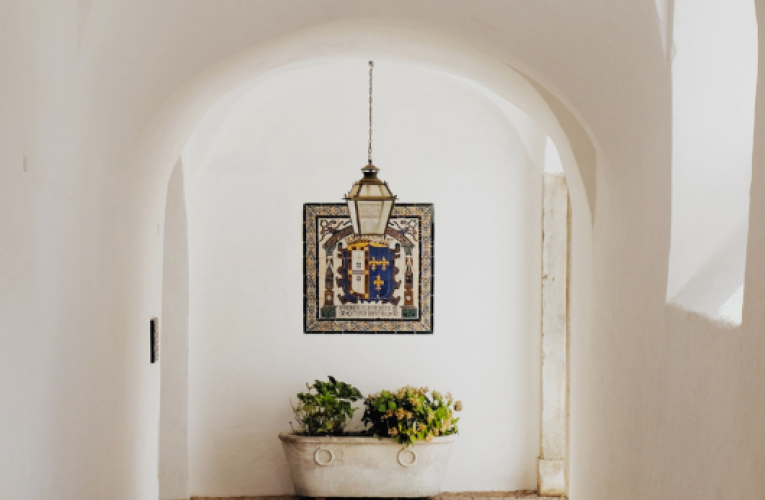
Explore the common themes depicted in tapestries, such as religious scenes, historical events, and mythological stories
Religious Scenes: Tapestry art has long been intertwined with religious narratives, depicting scenes from the Bible, Quran, or other religious texts. These tapestries often illustrate stories of miracles, saints, religious ceremonies, or significant events from religious history. For example, scenes depicting the life of Jesus Christ, the Virgin Mary, or important religious festivals are commonly found in religious tapestries.
Historical Events: Tapestries have frequently been used to commemorate significant historical events, such as battles, coronations, weddings, or diplomatic alliances. These tapestries serve as visual records of important moments in history, providing insights into the cultural and political context of the time. They may depict scenes of conquests, triumphs, or moments of great societal change, offering viewers a glimpse into the past.
Mythological Stories: Mythological themes are another prominent subject in tapestry art. These tapestries often depict tales from Greek, Roman, Norse, or other mythologies, featuring gods, goddesses, heroes, and mythical creatures. Mythological tapestries serve not only as captivating narratives but also as allegorical representations of human virtues, vices, and the eternal struggle between good and evil. They provide a window into ancient beliefs, cultural values, and the human imagination.
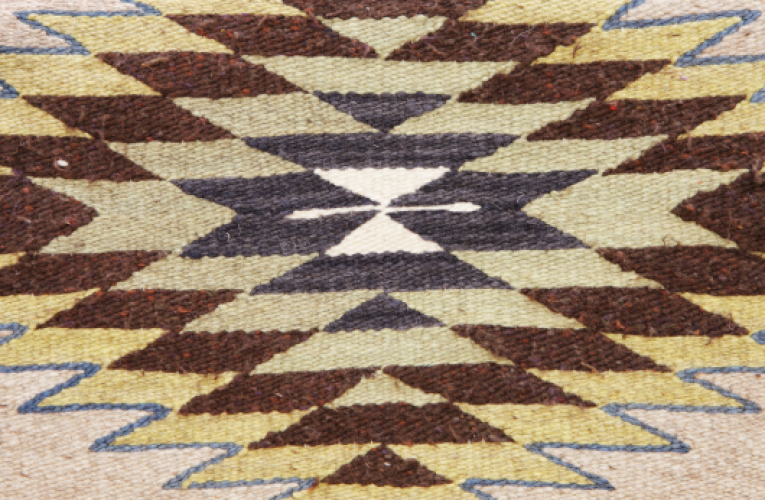
Summarize the historical significance of tapestries
Tapestries have played a significant role throughout history, serving as more than just decorative artworks. Their historical significance stems from several key aspects:
Cultural and Social Symbolism: Tapestries often depicted scenes of historical events, religious narratives, mythological tales, and daily life. They served as visual narratives, conveying cultural values, beliefs, and societal norms of the time. As such, they were integral to shaping and preserving cultural identities.
Prestige and Power: Tapestries were status symbols, signifying wealth, power, and social standing. Nobles and rulers commissioned elaborate tapestries to adorn their palaces, castles, and grand estates. The size, intricacy, and subject matter of tapestries often reflected the wealth and status of their owners.
Diplomatic Gifts and Political Propaganda: Tapestries were prized diplomatic gifts exchanged between rulers and dignitaries. They served as tools of diplomacy, reinforcing alliances and demonstrating political power and influence. Tapestries were also used for political propaganda, depicting rulers in heroic or triumphant scenes to bolster their image and authority.
Technical Mastery and Artistic Expression: The creation of tapestries required exceptional skill and craftsmanship. Tapestry weaving was a labor-intensive process, involving intricate designs and meticulous attention to detail. Tapestries showcased the technical mastery of weavers and artisans, as well as the creativity and artistic vision of designers and painters.
Preservation of History and Heritage: Tapestries provide valuable insights into the past, offering glimpses into historical events, costumes, architecture, and daily life. They serve as tangible records of history, preserving cultural heritage for future generations to study and appreciate.

